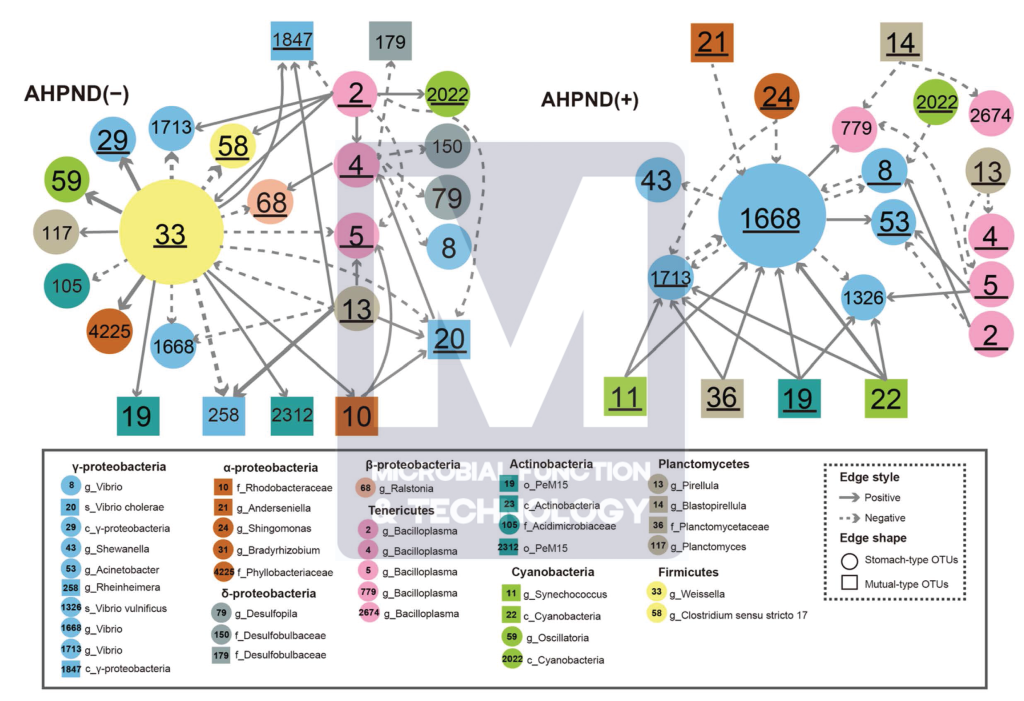Current focus
Working on it!
努力中
Enhancing bioremediation of chlorinated-contaminated soil/groundwater
We apply the multifaceted approaches (e.g. microbial culture, molecular biotechnology, bioinformatics, bioreagent production, bioreactor design, and engineering control) to study the microbial dynamics, compositions, and interactions to enhance removal efficiency of chlorinated compounds.
1. The feasibility of bioremediation for remedying contamination of highly chlorinated dioxins
A distinctive microbial composition and population dynamic could be required for the enhanced degradation of highly chlorinated DD/Fs in the batch microcosm and highlight a potential of bioremediation technologies in remedying polychlorinated dioxins in the polluted sites.
2. Deeper understanding of the microbial community structure during dioxins bioremediation
We pyrosequenced the V4/V5 regions of the 16S rRNA genes of bacterial communities transited from polluted soil to batch microcosms that rapidly degraded high concentrations of octachlorodibenzofuran (OCDF).
3. Develop compost-amended landfill reactor to reduce dioxins in contaminated soils
By periodically recirculating leachate and suppling oxygen, the online monitoring of the oxidation reduction potential confirmed that the reactors were maintained under hypoxic conditions. The average efficiencies of the landfill reactors were 70.5-78.9%, reflecting the positive effects of the compost-amended landfill reactors on dioxins reduction.

4. Maintaining hypoxic conditions through periodic aerations results in a marked fluctuation reduction-oxidation potential
The understanding of redox fluctuations in association with the degradation of recalcitrant substrates in soil and the corresponding microbiome.
5. Anerobic reactor systems in combining new concepts and methodology of microbioms to study the complete dechlorination of trichloroethylene
We systematically assess the effects of environmental factors such as salinity, pH, substrate, redox potential on the complete dechlorination efficiency of trichloroethylene. These results can serve as a reference for the development of precise bioremediation technology for the contamination of polychlorinated organic solvents.

6. Biodegrade multiple solvent pollutants using special microbial consortium
Chlorinated aliphatic hydrocarbons and total petroleum hydrocarbons are among the most commonly found in groundwater. We change the electron consumption and stress response of microbial consortium through molecular biotechnology, reactor regulation, and water quality parameters so that microbial consortium can simultaneously carry out anaerobic reductive dichlorination and aerobic mineralization.
7. Customized bioreagent for complete dechlorianation of trichloroethylene
We develop high-abundance bioreagent and apply them in trichloroethylene-polluted sites to promote the efficiencies of reductive dichlorination.
Nitrogen conversion in the WWTPs
We apply the multi-omics approach to study the microbial composition, function and interaction to improve the performance and stability of the biological nitrogen removal process.
1. Develop an Energy-efficient Deammonification Biotechnology
The goal is to develop energy-efficient biotechnology, which incorporates new identified nitrifiers, for treating low-strength ammonia wastewater.
2. Optimize System Performance and Stability
We study the effects of different types of disturbances on the microbial community and the resulting reactor performance.
3. Isolate and Characterize Uncultured Bacterium from Industrial Wastewater
The fundamental study about ecophysiological characteristics will shed light on the complicated ecosystem in the wastewater treatment systems.

Methanogenesis research
The object of this group is to look insight the syntrophic partnership and electron transfer in the methanogenesis system and develop the more effective biogas technology.
1. Anaerobic syntrophic
The ecosystem of syntrophic bacteria and the partner methanogens is important for the global carbon cycle and biological organic waste treatment. Different organic leads to a different syntrophic partnership. The syntrophic partnership is one of our interests, especially in the terephthalate- one of manufacture waste degrading system.
2.Electron transfer:
Electron transfer plays an important role in the series step of anaerobic biogas process. Indirect or direct Interspecies electron transfer between the syntrophic partner is the key to provide the thermodynamical condition to reduce the high organic compound to methane
3.Special system:
There are several special reactor systems in our lab, including TA (Terephthalate), AHA (Anaerobic high ammonia) and AHS (Anaerobic high salt). We try to use the meta-omics methodology to study this system..

Interdisciplinary Research
Oral microbiota and malignancy
Oral cancer is among the four cancer diseases in the national-wide screening campaign in Taiwan. Yet due to the lack of reliable biomarkers and analytical methods, predicting and tracking the development of the carcinomas, therefore, remains challenging. Previous studies have demonstrated the potential of using oral microbiota as a tool for monitoring oral cancer development, progression, and even recurrence. In this project, we collaborate with highly motivated research groups from College of Medicine and College of Electrical Engineering & Computer Science, and the aims of this project include:
1. Predict malignant transformation using machine learning
Machine learning has been demonstrated to be a powerful tool for microbiome analysis in the recent years. One fascinating advantage of using machine learning methods is its ability to deal with unseen situation when being properly trained and fine-tuned. We are interested in building a machine learning model by incorporating saliva microbiome data and clinical metadata to predict the malignant transformation of pre-cancer lesions to oral squamous cell carcinomas (OSCC).
2.Construct oral microbiome database
In the era of big data, a repository of high-quality and well curated biological datasets is crucial for a wide variety of applications such as meta-analysis and machine learning. This kind of repo specifically for OSCC, however, is lacking. To the extent of our knowledge, more than 700 sets of oral microbiome data are publicly available. We are attempting to collect, curate, and integrate these datasets, and make these well curated data accessible and reusable.

Shrimp stomach microbiomes associated with acute hepatopancreatic necrosis disease (AHPND)
The AHPND-causing Vibrio species were predicted to develop a co-occurrence pattern with several resident and transit members within Candidatus Bacilloplasma and Cybobacteria. This study’s insights into microbiome dynamics during AHPNS infection can be valuable for minimizing this disease in shrimp farming ponds.
